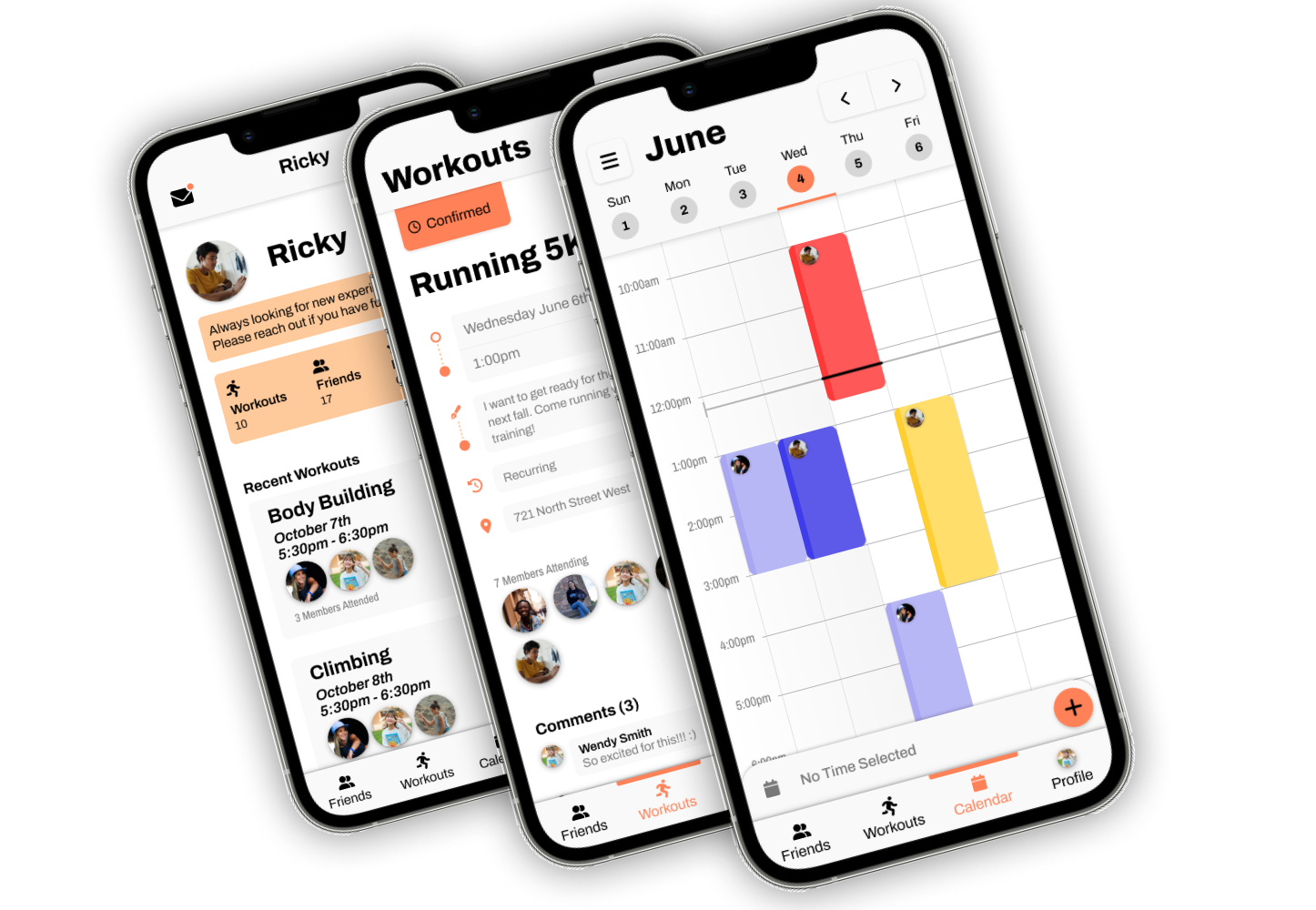Loneliness is a serious problem for older adults. Studies conducted by the World Health Organization have shown that it can shorten life expectancy, increasing the risk of premature death.
Agewise Connect aims to reduce loneliness for older adults within retirement homes by connecting them to volunteers and helping them form meaningful connections.
This project was part of a collaboration between Sheridan College and industry partner, Red Thread Innovations (RTI).
Risks & Assumptions
It was important for us to be aware of our biases when addressing the older adult demographic, as it's a vulnerable population whose needs must be considered.

Assistance Needed for App Use
Older adults may have difficulty using a digital product and will require assistance to use this application.

Openness to Digital Conversations
Older adults are willing to have discussions through digital platforms.

Volunteer Willingness with Eliminated Barriers
Volunteers are willing to use an online platform to have conversations to older adults if barriers to volunteering are broken down.

Access to Necessary Technology
Retirement homes or older adults within retirement homes have the technology to make use of this digital platform.
Loneliness for older adults
Aging Population
Statistics Canada predicts that by 2030, 22.5 percent of Canada's population will be 65 or older.
Lifestyle & Diet
Loneliness affects physical health by encouraging sedentary lifestyles and poor diets.
Mental Health
Loneliness also affects mental health by increasing the risk of disorders such as depression and anxiety.

Barriers to Volunteering
Time Commitment
It takes time to commute to and from volunteer sites.
Lack of Skills
Some individuals may feel that they lack the skills or knowledge necessary to participate in volunteer activities.
Red Tape
Volunteering can involve bureaucracy and interviews, creating further barriers for potential volunteers.
Alternative Commitments
People may have other priorities, such as caring for a child or a full-time job, that prevents them from committing to volunteering.

Interview with Sheridan Centre for Elder Research
As part of this project, our team met with a representative from the Sheridan Centre for Elder Research to gain insight into the needs of our target population. We gained several insights into the use of technology in retirement homes.

Each team member ideates multiple different potential solutions for what the user journey could look like. Then we consolidated ideas into a single user flow to build a user journey.



























